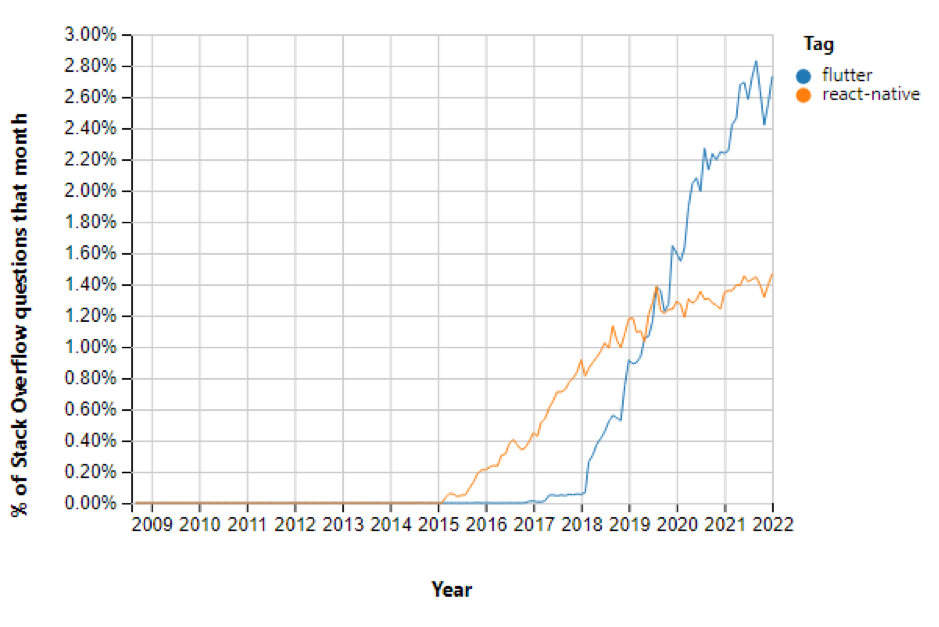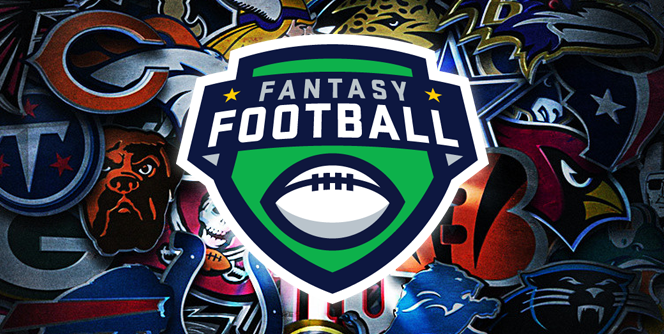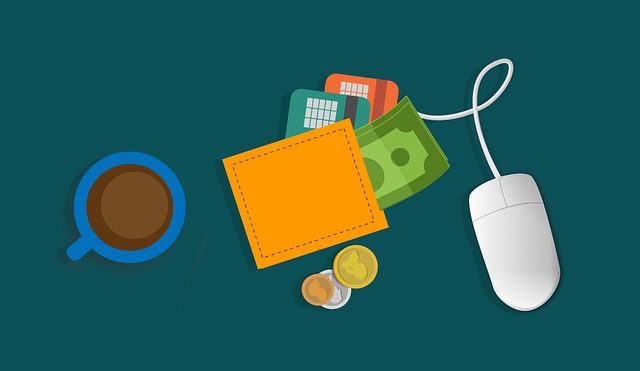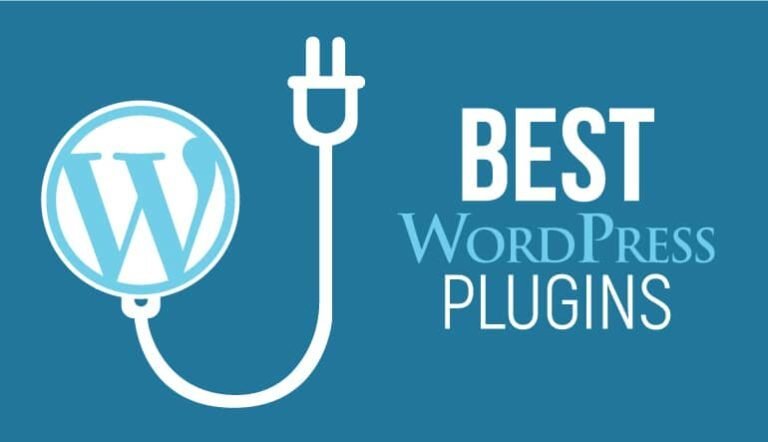You may be wondering why you should go to the trouble of hiring Flutter app developers for your next project and what benefits your company will derive from doing so. One of the most popular Flutter App Development Services out there.

You will gain a better understanding of the significance of Flutter as you obtain a better idea of an efficient cross-platform framework by reading this blog.
Why Hire Flutter Developers To Build An App
You might think that every cross-platform framework can do some things and has some important features to the job, and you’d be right. But, in some important ways, Flutter is different from its competitors. Let’s look more closely at what makes Flutter better than other frameworks and why you should hire flutter developers for building apps.
Same Logic In All Platforms
Experts know that almost every cross-platform framework has a way for the target platforms to share the same codebase. But Flutter is the only app framework that lets you share both the code for the UI and the UI itself.
The UI rendering process makes it easy to make an app that looks like it was made for each platform. But the details are what matter. When rendering depends on platform-specific components, a property mapping layer for the platform widget and data synchronization for the framework widget is needed. Because of this, every animation needs to be turned into a platform-specific widget call. It’s so much harder than it needs to be, right?
Flutter, on the other hand, doesn’t need any UI components that are specific to a platform to show its UI. Flutter only needs a canvas to draw on to show the application’s user interface.
The way Flutter renders makes it stand out from other frameworks and takes away any worries about the UI being the same on different platforms.
In short, Flutter makes it possible to share the UI and business logic, which saves time, effort, and the developer’s health without affecting the performance of the final product. This happens to be one of the major reasons why developers love Flutter.
Reduced Coding Time
From what we’ve seen, it takes at least 40 seconds for a typical mid-sized Android app to be built and sent to a test device. And sometimes, it can take a long time just to change a small part of the layout’s look. While there’s a layout preview for that in Android Studio but the feature is limited and doesn’t always work as expected, especially with custom views.
The “hot reload” feature of Flutter, on the other hand, lets you see the changes almost immediately without losing the state of the application. And this is exactly what makes app development a lot faster.
Also, the Flutter team has put a lot of work into making a wide range of widgets that are ready to use. Most of them are very easy to change, which will save you more time than any other framework. Flutter has a large set of Material and Cupertino widgets that perfectly mimic the behavior of each design language.
This is in addition to a large set of core layout widgets.
When you use Flutter, you can skip a lot of crazy time-consuming steps in app development, which makes the whole process faster, easier, and less stressful.
Build Your App At A Lower Cost
Developing a native application may be a pricey endeavor for businesses, as it requires programmers to write many lines of code that are specific to different operating systems in order to produce a single piece of software. Flutter, on the other hand, provides a single code base that may help you build applications in a shorter amount of time that function faultlessly on many platforms. This helps you reduce the amount of money you spend on app maintenance.
Excellent Ui
A Flutter mobile app can grow your business faster as it allows flutter developers to build attractive user interfaces. One of the coolest things about Flutter is that it makes it easy to build UI Design quickly by giving you widgets that are already made. Developers often have trouble making apps for Android and iOS look the same because they were made to be completely different. This problem is solved by Flutter.
It lets you make beautiful user interfaces with built-in widgets that focus on design (you can also customize them or make your own), Cupertino widgets (for apps that look like Apple’s), Material Design widgets (for apps that look like Android’s), different mobile app development tools, easy scrolling, new APIs, and navigation features.
The widgets in Flutter look natural, can be added to, and work quickly. Users can also make their own complex widgets that can be used on screens and in apps. The Flutter framework doesn’t keep layouts, views, and other properties separate. Instead, it uses a single object model called the widget. For example, widgets can be used to describe elements of style or structure.
Fast Delivery To Market
The Flutter development framework works faster than the other options. Most of the time, making a Flutter app will take at least twice as few hours of work as making the same app for Android and iOS separately.
The main reason is very easy to understand: you don’t have to write any platform-specific code to give your app a look you want. Flutter can be used to build any 2D user interface that doesn’t need to talk to a native app.
Near-Native Performance
The smooth scrolling of superfast Flutter apps is amazing because the code is compiled directly, and there are no bridges to slow down performance. Even complex animations that rotated, scaled, and faded aren’t hard for Flutter to handle.
For a good UX, application performance is very important. Even though it’s hard to give exact numbers, it’s safe to say that the performance of a Flutter app won’t be much different from that of a native app, and it might even be better in complex UI animation scenarios.
Why? Flutter doesn’t use any intermediate code representations or interpretations, which is different from how most cross-platform frameworks work. The Flutter application is built right into the machine code, which gets rid of any bugs that could happen during the interpretation process.
Perfect For Mvp Development
The possibility of simultaneously developing a Minimum Viable Product (MVP) for two different platforms is a dream come true. It is quick and inexpensive, both of which are characteristics that entrepreneurs look for in a product that they would later demonstrate to investors. To build a minimum viable product (MVP) that is functionally identical to native apps, you only need to hire one team of Flutter developers.
Powerful Rendering Engine
Flutter makes it possible for you to do a lot of cool things with your apps that aren’t possible on other platforms. It goes without saying that a fairly powerful framework is necessary for this to work. In point of fact, the majority of the things that have been discussed up to this point would be impossible to achieve without a high-performance cross-platform rendering engine.
Skia is utilized by Flutter in order to render itself onto a canvas that is provided by the platform. Because of the underlying engine, user interfaces created with Flutter may be deployed to almost any platform. To put it another way, you no longer need to make changes to the user interface (UI) in order to transfer it to a platform, which greatly simplifies the development process. Thus, when you hire Flutter app developers, you are, in essence, leveraging the power of a very powerful rendering engine.
Multi-Platform Capabilities
You are not limited to the building of Flutter apps on mobile devices while using Flutter. In addition to that, there is also Flutter for the Web and Flutter Desktop Embeddings. Google recently demonstrated a technical preview of Flutter Web, which enables pure Flutter applications to be executed in a browser without the need for any modifications to the source code.
Google has signaled Flutter’s shift from a framework for developing cross-platform mobile applications to a full-fledged tool for developing cross-platform software.
An experienced Flutter developer can make a pure Flutter app operate on any major platform today, including Android, iOS, Web browsers, Windows, macOS, Linux, and even embedded devices. This is true even if the mobile component of the framework is not yet deemed to be production-ready. And there is no need to make any adjustments to the Dart code for the application to work properly.
Conclusion
Flutter was made by Google and is based on the Dart programming language. This means that Flutter developers are already familiar with the many features needed to make flexible apps that are the same as native apps.
Flutter makes it easier to build apps, works well, and has a flexible user interface. Even though Flutter didn’t come out until 2017, it has become popular among app developers because of all the good things it can do.


